In a seminal article published in 1966, Rabbi Shimon Schwab, the former Rav of Khal Adath Jeshurun in Washington Heights, succinctly framed the option facing every family desiring to send their son to a traditional yeshiva today. “Young students attend either a high school which stresses excellence in secular studies as much as in limudei kodesh (Judaic Studies) or ... an institution where the secular program, reduced to the absolute minimum, is grudgingly taken in stride and absolved without enthusiasm and without fanfare.”
The perspective of many yeshivas today is that in order to produce high caliber talmidei chachomim (learned scholars), the full focus of the day needs to be on Judaic Studies. As such, General Studies fall to a secondary status resulting in students losing respect for the little time that has been allocated for Language Arts, History, Science, and Math. The typical yeshiva high school schedule offers rigorous Jewish academics infused with opportunities for spiritual growth until the early afternoon. Following that, for approximately three hours, students are exposed to a typical secular curriculum when their energies are low and their attention depleted. The material often contradicts Torah philosophies, and the students’ growth energy has already been devoted to Talmudic studies. Following dinner, students return to their Judaic curriculum until they end their day, around 9 pm, with Maariv (evening prayer service).


